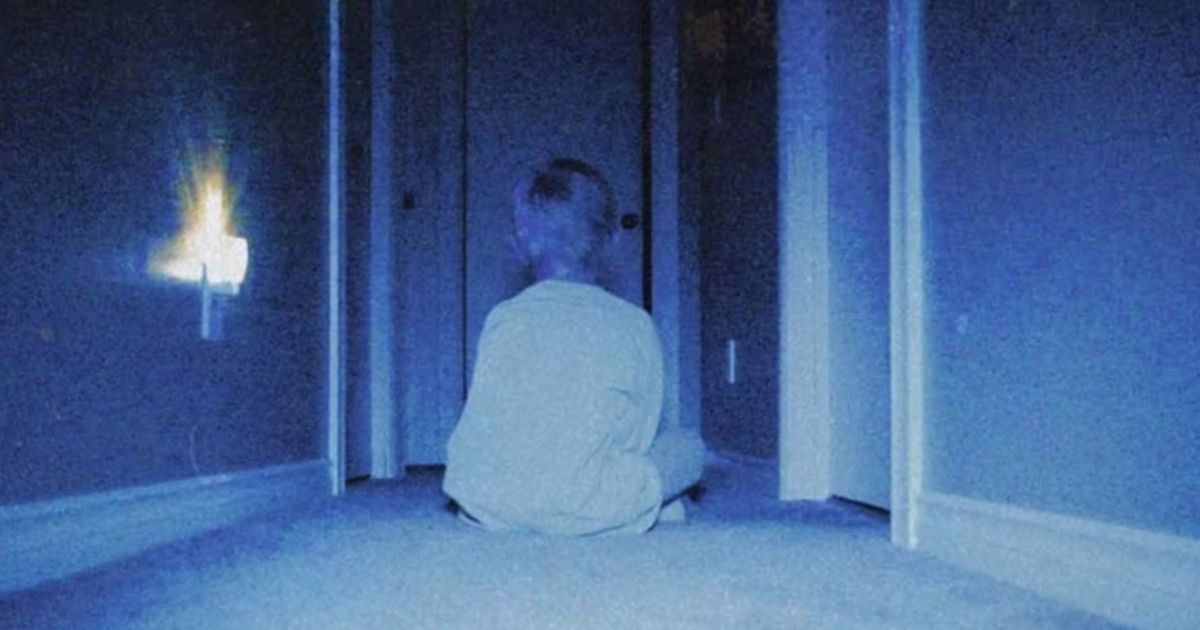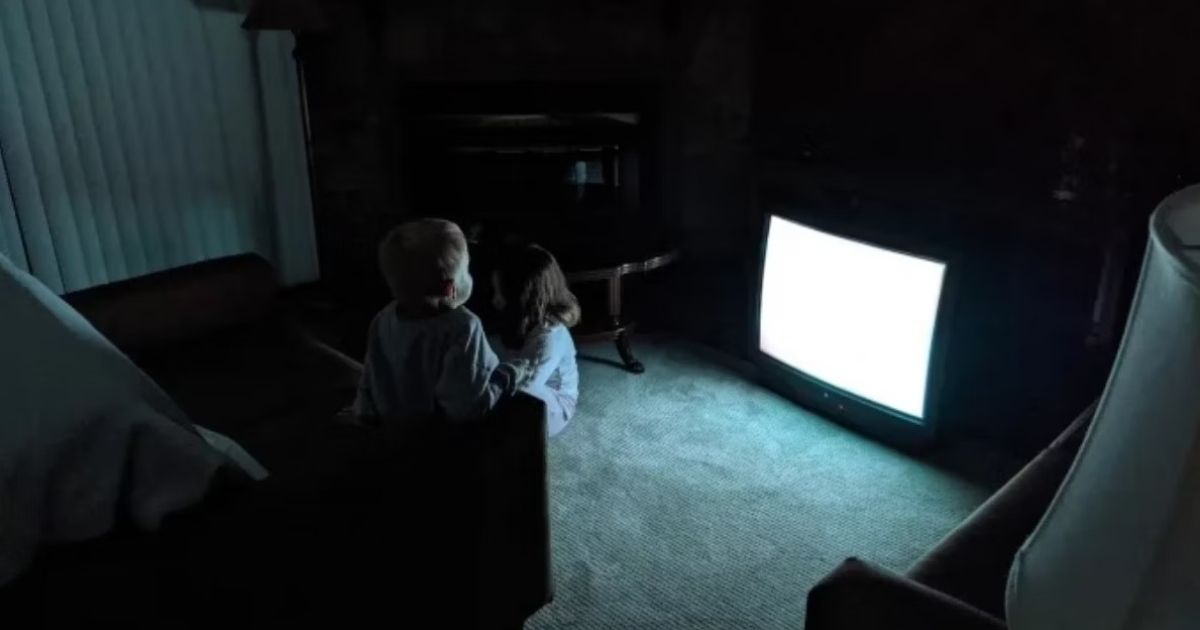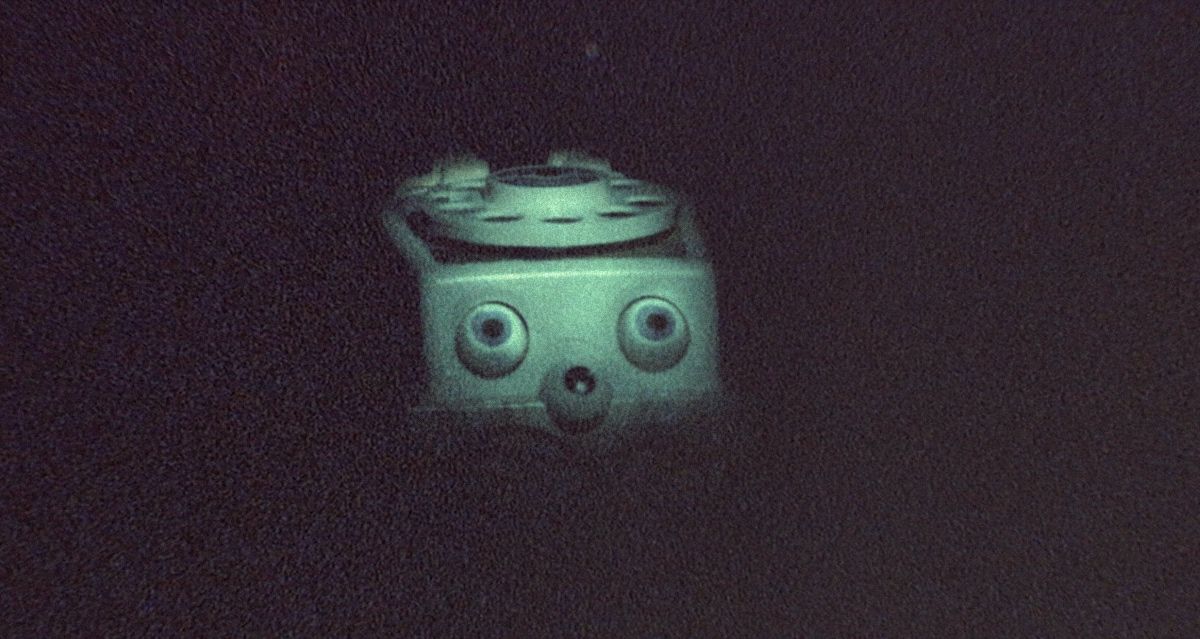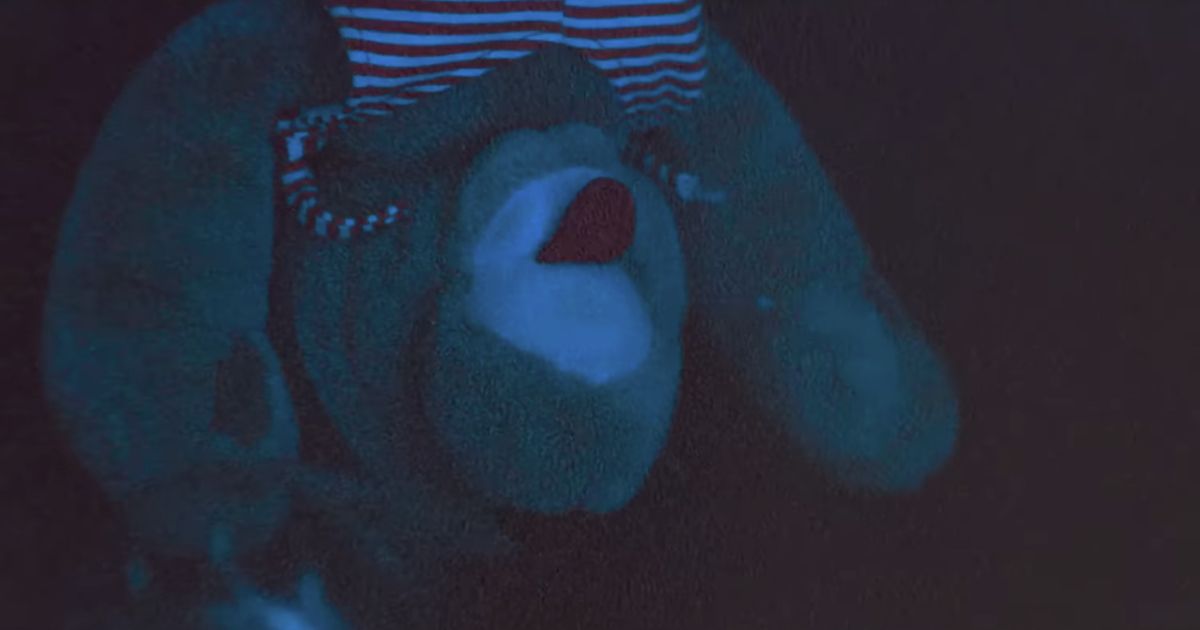Skinamarink is a horror feature film that was picked up by Shudder last year. It was released theatrically in the US on January 13th, and its nightmarish narrative about universal childhood fears has been an instant success. The $15 thousand indie horror movie made over $1 million at the box office only six days after its partial opening, and all responses indicate that Kyle Edward Ball's new horror feature, Skinamarink, is not for the faint of heart.
Some scary movies become the target of heated debate as soon as they are released. This usually happens when these movies break barriers of the genre, and Skinamarink, an extremely experimental film, does this from the first shot until the very last. The stylistic and narrative choices create a polarized audience – as well as different theories about what really happened inside that house.
Here is a bit more about Skinamarink and why the audience is so divided about it.
What's Skinamarink About?
Skinamarink is about two siblings, Kaylee (Dali Rose Tetreault) and Kevin (Lucas Paul). Kevin is brought back to the hospital after falling down the stairs. However, soon after coming home, the kids' Father (Ross Paul) is nowhere to be found. That's when the house's doors and windows (and later other objects) begin to disappear. Things quickly begin to escalate as lightbulbs stop functioning, leaving the kids to be lit by their flashlight and living room TV – that plays old cartoons in a loop. That's when a disembodied voice starts to talk to the children, asking them to do things that might seem innocent, such as going upstairs or to the basement or asking them to play. However, quickly, the voice starts to threaten and ask the kids to hurt themselves.
The movie instantly reminded the audience of the 1999 sensation The Blair Witch Trial, which with a small cast and one scenario broke a lot of constructed foundations of the genre (which Ball's movie also does), and ultimately created a new type of scary narrative. These movies give an experience unlike any other before, and that leaves in both cases, a polarizing audience that either loves it or hates it. While Skinamarink has only been out for a few weeks, it is safe to say that it has provoked some strong emotions from the audience.
Polarized Audiences of Skinamarink
A polarized audience doesn't necessarily mean a bad thing, especially for the creators since their story is constantly being talked about. Skinamarink has two types of viewers overall: the ones that loved it, and the ones that couldn't stand watching it all the way through the end.
Some say this is the scariest horror movie they have seen in a while or even ever. The creepy slow story which resembles in some ways found footage films can be truly unsettling. The long shots of dark corners make the audience wonder what's lurking where they can't see. When the unsettling disembodied voice starts to talk to each of the kids is probably one of the highest tension moments of the movie, that feels like a nightmare that was shot and produced. The Mother (Jaime Hill), an unreliable parent to her kids, also has some of the scariest moments in the movie. And of course, the scarce jump scares.
However, the movie is still an experimental horror: which can lead to some stylistic choices that didn't please everyone who watched it. For example, while there is a linear narrative, it is not structured in the way that is usually done in cinema. There are various long shots of empty and dark hallways and places inside the house that don't add to the story – which can become tiring to watch, especially in an almost two-hour movie. The children are never fully shown: their faces don't make it to the screen until much later in the movie, and they only showed their feet or partial shots of their heads most of the time. This leads to a bit of a distance from the characters, and while enhancing the stylistic choices, it also can hinder the viewers' experience.
The Atmosphere Is the Central Focus
The way Skinamarink shot is truly what makes it a horror movie: it is not in any sense conventional and keeps the viewer on edge by waiting for a jump scare (that hardly ever comes). One thing is clear from the get-go: the atmosphere is the real focus of the movie. While there is a story happening, it's never given much room to breathe, as the reason why Kaylee doesn't want to talk about their mom (that turns out to be inside the house with them) or why the doors and windows (and other objects) disappear, and what and why the creature is inside the house with them, targeting the family is not addressed.
Ball tod iHorror, “I would say that in a lot of ways, I’m fairly incompetent, but my big strength that I’ve always had is atmosphere.” The carefully constructed atmosphere of a one-location movie, with barely any dialogue and action, showcases how much Ball is able to convey with very little. There is a clear intention from the get-go regarding the concepts and cinematography from camera angles to the 'old video camera' aesthetic, and Ball does achieve what he was going for. Skinamarink will probably be studied, especially regarding the atmosphere and unconventional ways of storytelling, because of how much it was successfully able to do.
While Skinamarink may not be for everyone there is no denying it has impacted everyone who watched it. It is another recent example, after Terrifier 2, that showcases how horror does not demand big budgets to work and speak with its audience.




